Dragon fruit, also known as pitaya or pitahaya, is a stunning tropical cactus that produces vibrant, delicious fruit. While relatively easy to grow, especially in warm climates, many gardeners unknowingly make common planting mistakes that significantly delay growth and fruit production. Understanding and avoiding these errors can make a huge difference in how quickly and successfully your dragon fruit plant matures.
In this guide, we’ll uncover the most frequent dragon fruit planting mistakes and offer expert tips to avoid them, helping you enjoy lush vines and an abundant harvest much sooner.
1. Using the Wrong Soil Type
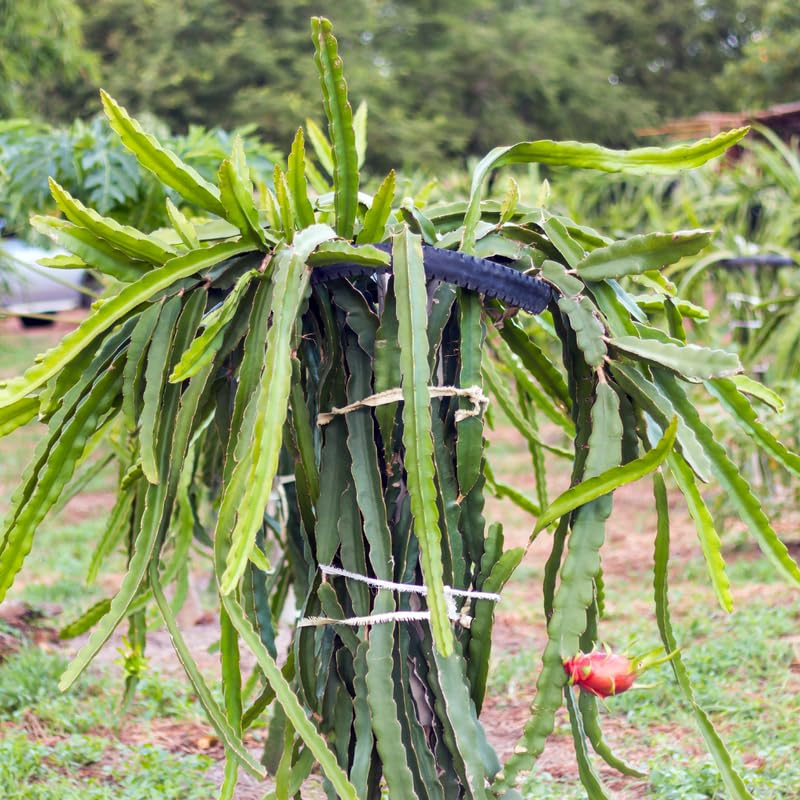
One of the most overlooked yet critical factors in dragon fruit growth is soil. Dragon fruit plants belong to the cactus family and thrive best in well-draining, sandy or loamy soil. Many beginners mistakenly plant them in clay or heavy soils that retain too much water.
Why It’s a Problem:
Heavy soil can lead to root rot, stunted growth, and even plant death.
How to Fix:
- Use a cactus or succulent soil mix, or make your own by combining sand, perlite, and compost in a 2:1:1 ratio.
- Ensure the soil pH is slightly acidic to neutral (6 to 7).
2. Poor Drainage in Containers or Beds
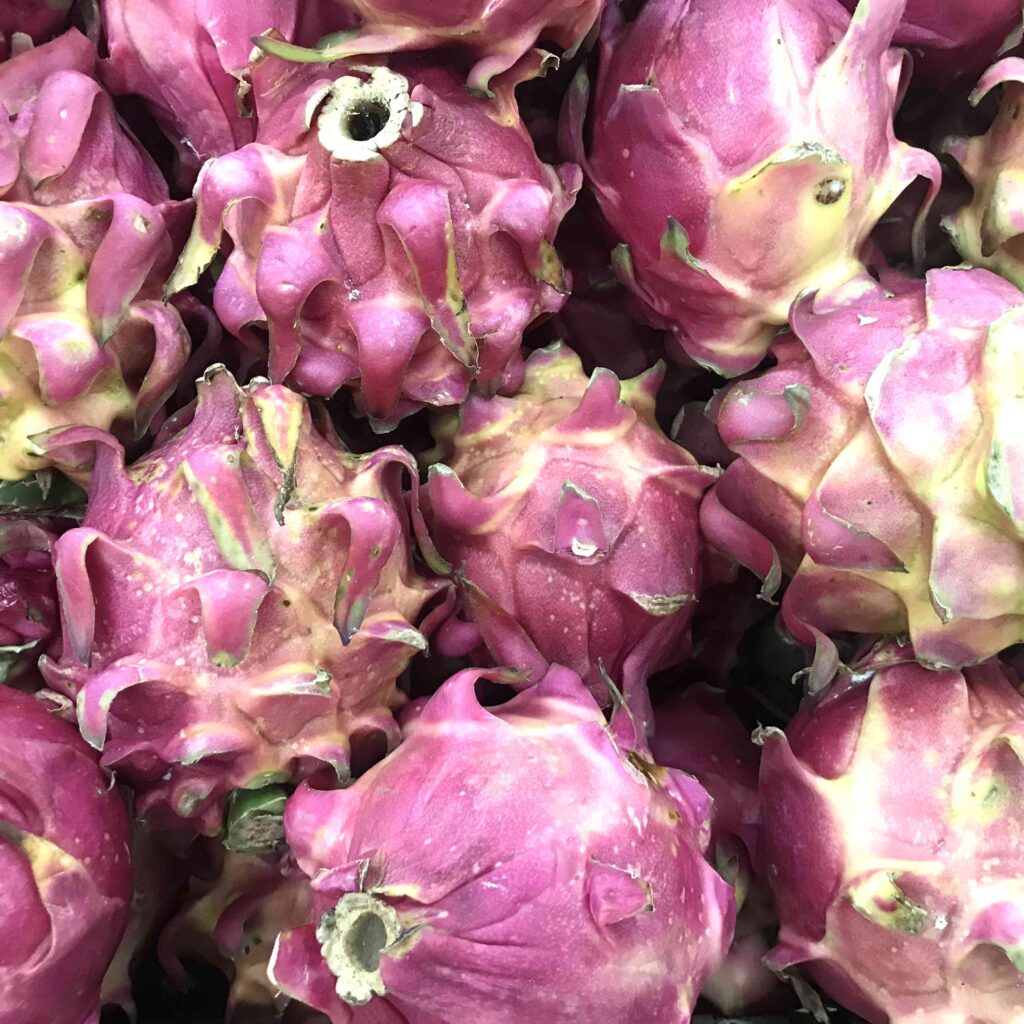
Even with the right soil, if your container or garden bed doesn’t drain well, your dragon fruit will struggle.
Why It’s a Problem:
Excess water causes root rot and fungal diseases, which hinder nutrient absorption and delay plant maturity.
How to Fix:
- Always use containers with multiple drainage holes.
- If planting in the ground, build raised beds or mounds to elevate the roots above poor-draining soil.
- Add gravel or broken terracotta at the bottom of pots to improve drainage.
3. Planting in the Wrong Location

Dragon fruit plants need plenty of sunlight—ideally 6 to 8 hours of direct sun daily.
Why It’s a Problem:
Shaded areas slow photosynthesis, which delays stem development and reduces flowering and fruiting.
How to Fix:
- Choose a south-facing wall or open space with full sun exposure.
- If indoors, place the plant near a bright, sunny window or supplement with grow lights.
4. Skipping a Trellis or Support Structure
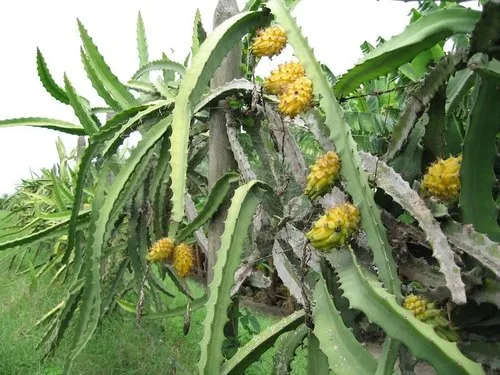
Dragon fruit is a climbing cactus that grows best with vertical support.
Why It’s a Problem:
Without support, the plant sprawls on the ground, reducing air circulation, increasing pest and disease risk, and delaying vertical growth and flowering.
How to Fix:
- Install a strong trellis, post, or climbing pole early on.
- Tie the vines gently using soft cloth or plant ties.
- Train the branches to grow upward and then allow them to cascade at the top.
5. Overwatering or Underwatering
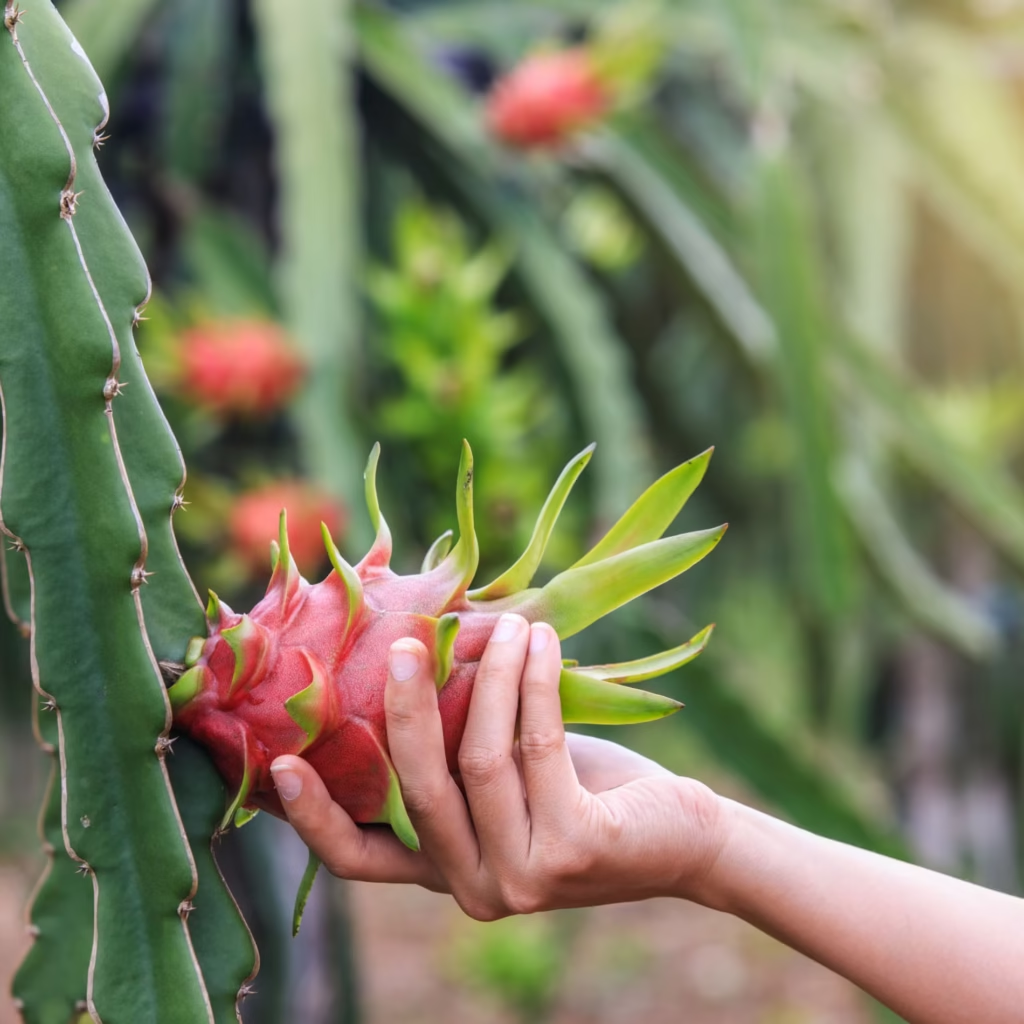
Watering is a delicate balance for dragon fruit. It is a cactus, but it still requires regular watering, especially during growth and flowering periods.
Why It’s a Problem:
- Overwatering leads to rot and weak growth.
- Underwatering stresses the plant, delays flowering, and may cause wrinkled or discolored stems.
How to Fix:
- Water when the top 1-2 inches of soil feel dry.
- Reduce watering in winter or during dormancy.
- In hot climates, water 2-3 times per week; in cooler climates, once a week may suffice.
6. Improper Planting Depth
Burying your dragon fruit cutting or seedling too deep can lead to rotting.
Why It’s a Problem:
The base of the plant must stay slightly above the soil line to prevent water from pooling around the stem.
How to Fix:
- For cuttings, plant them about 2 inches deep into well-draining soil.
- Ensure the base is stable but not buried too deep.
7. Not Curing Cuttings Before Planting
Planting fresh dragon fruit cuttings without letting them dry out (cure) can lead to rot.
Why It’s a Problem:
Uncured cuttings are prone to fungal infections and water absorption through open wounds.
How to Fix:
- Allow cuttings to cure for 5–7 days in a shaded, dry area before planting.
- Wait until a callus forms on the cut end before planting in soil.
8. Neglecting Fertilization
While dragon fruit can survive in poor soils, it needs the right nutrients for optimal growth and fruit production.
Why It’s a Problem:
A lack of nutrients delays flowering, weakens stem development, and results in fewer, smaller fruits.
How to Fix:
- Apply a balanced fertilizer (e.g., 10-10-10) every month during the growing season.
- Use compost or organic manure to improve soil structure and fertility.
- During fruiting, switch to a fertilizer higher in phosphorus and potassium.
9. Overcrowding Plants
Planting dragon fruit too close together restricts airflow and sunlight exposure.
Why It’s a Problem:
Poor air circulation encourages mold, pests, and diseases, while crowding slows down individual plant growth.
How to Fix:
- Maintain 3 to 5 feet spacing between plants.
- Regularly prune excess growth to keep the canopy open and healthy.
10. Ignoring Pests and Diseases
Common dragon fruit pests include aphids, mealybugs, ants, and fruit flies. Diseases like stem rot, bacterial infection, and anthracnose can also hinder growth.
Why It’s a Problem:
Unchecked infestations weaken the plant, delay flowering, and reduce fruit quality.
How to Fix:
- Inspect plants weekly for signs of pests or rot.
- Use neem oil, insecticidal soap, or introduce beneficial insects like ladybugs.
- Remove infected stems promptly and apply fungicide when necessary.
11. Pruning Incorrectly or Not at All
Pruning helps direct energy toward healthy branches and flowering points.
Why It’s a Problem:
Overgrown, tangled branches block sunlight and reduce flower production.
How to Fix:
- Prune dead, damaged, or overly long stems regularly.
- After fruiting, cut back secondary branches to encourage new growth.
12. Expecting Instant Results
Dragon fruit takes time to mature. Cuttings typically take 6–9 months to root and grow well before flowering, while seeds can take up to 2 years.
Why It’s a Problem:
Many gardeners give up too early or make changes that further delay growth, expecting fruit too soon.
How to Fix:
- Practice patience and monitor growth stages.
- Ensure your plant has the right conditions and allow it time to adapt and mature.
Conclusion
Dragon fruit is a rewarding plant, but its success depends heavily on proper planting practices and ongoing care. Many growth delays are due to avoidable mistakes such as poor drainage, incorrect watering, lack of support, or nutrient deficiencies.
By avoiding these 12 common dragon fruit planting mistakes, you’ll set your plant up for faster, healthier growth and a much earlier harvest. Whether you’re growing in containers, raised beds, or directly in the ground, attention to detail makes all the difference.
With the right knowledge and care, your dragon fruit plant can go from slow starter to tropical superstar in just a few seasons!
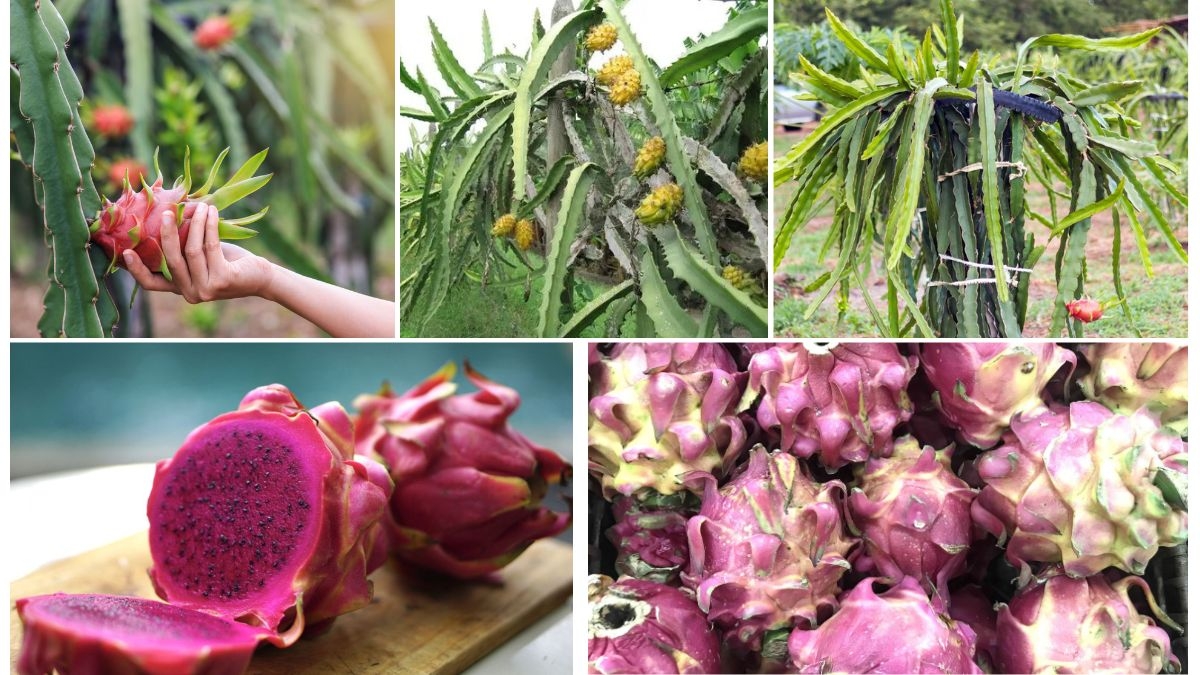





Leave A Comment